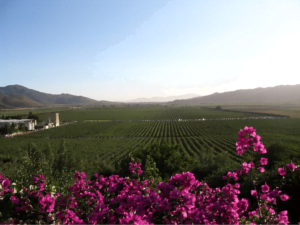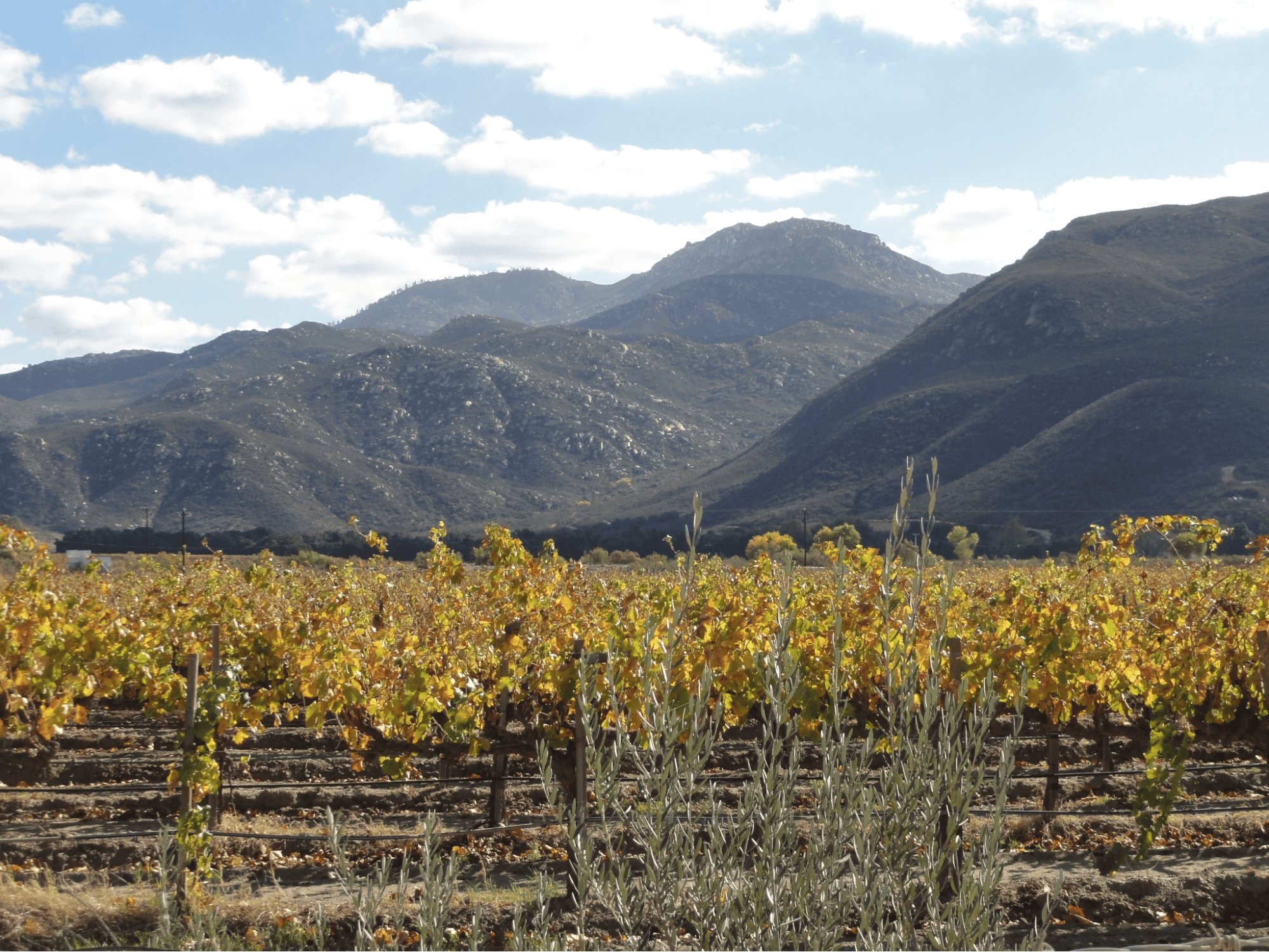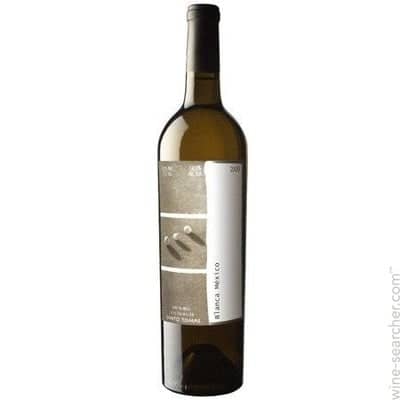You Don’t Know Me
Mexico may come as a surprise to some, but its cultural richness, historic influence, and progressive attitude stand apart from the clichéd depictions of tacos, tequila, and people with big hats. The country is not just about soiled undergarments but about a flourishing economy and progressive ideas.
Don’t turn a blind eye, for there isn’t a country in the world that doesn’t have its share of slums. Mexico proudly stands as the first country to make wine in the Americas. Today, Baja Mexico is flourishing in the wine industry with more than 100 wineries. Most people associate Ensenada with tequila-drinking tourists disembarking from cruise ships. I urge you to forgo the trinket tour and explore the Napa Valley of Mexico, The Valle de Guadalupe.
Napa Valley 2.0?
Over the past few years, California’s expanding wine regions have extended southward, beginning with Santa Barbara County and rapidly followed by Malibu and Temecula Wine Country. Now, a new standout has come to light: Valle de Guadalupe. Situated 80 miles south of the U.S. border and near Ensenada, Valle de Guadalupe is the trendiest spot to visit, boasting luxurious lodgings.

Napa Valley 2.0
For Serious Oenophiles
Due to its high-priced bottles and reservation-only system, Napa Valley, full of extravagance and ostentation, can be likened to a luxurious Las Vegas. In contrast, Valle de Guadalupe evokes the calm rustic vibes of Sonoma but is more sophisticated. What’s more, this valley has earned great appreciation for its remarkable wines, and deservedly so.
Much of Mexico is too hot to grow grapes; however, this pocket of the country boasts vineyards planted on elevated terrain and cooled by breezes from the Pacific, creating ideal conditions for grape cultivation. The Mediterranean microclimates and mineral-rich soils are well-suited for producing premium wines from red varieties, without the excellent prices.
Suspicious Business?
Bodegas de Santo Tomás has an interesting backstory, one that’s more Al Capone than spiritual. It’s the oldest winery in Baja California, established in 1888, and the second oldest in Mexico, after Casa Mader in 1597. Not surprisingly, Spanish Missionaries introduced wine to Mexico. A few decades later, the Mexican government granted political asylum to a group of immigrants fleeing the Russian Revolution; when they established a colony in the Valle de Guadalupe, the seeds of the wine industry were sown.

Suspicious Business
Spotting an opportunity to benefit from creating wine for religious ceremonies, Francisco Adonegui from Italy and Miguel Olmart from Spain teamed up to establish Bodegas Santo Tomás. After only thirty years, Abelardo Rodriguez, who briefly served as president, acquired the winery dedicated to the saints. Who says that Church and politics aren’t shady? Mexico’s Prohibition even drove leaders to desperate measures. Rodriguez established a business in a former bank building on Miramar Street in Ensenada and opened a bottling plant, enabling the company to produce up to 600,000 cases per year at Bodegas de Santo Tomás. Can we all say, “Cash Money!”
Santo Tomás 2017 Misión “Blanca Mexico” Valle De Guadalupe
The Mission grape is no stranger to the Church since the Spanish Missions are where they were generally grown. In the 16th century, Mexico was introduced to the art of winemaking by Spain; however, its primary purpose was not to create quality wine to compete with the established Spanish wine industry. However, today this wine competes on every level. Almost forgotten, this wine is made with 100% Mission grapes, the oldest planted in North America.

Santo Tomás 2017 Misión Blanca Mexico Valle De Guadalupe
Appearance
Medium gold with a brilliant core.
Nose
It is intensely fragrant, driven by floral aromas of honeysuckle, and peach flower, followed by zesty citrus orange, white peach, and apricot, with hints of maple spice and beeswax.
Palate
Dry, medium-acidity, full-bodied, and high in alcohol, with an oily texture, medium+ intensity of fragrant field flowers, angelica, supported by succulent peaches and ripe nectarines, lanolin, and a long lemon cream finish.
Concluding Note
Once a table grape, the Mission grape was known for its sweet, lackluster fruit. Now, however, it is transforming. Bodegas Santo Tomas is crafting wines of delicate flavors with intense aromas, preserving acidity, and a broad mouthfeel. It is beautifully balanced, playfully coating the palate. It appears off-dry but evens out with zesty acid. This is still not an ageable wine, but it is best savored in its youth for all its lovely qualities.
The Challenges
Without manufacturing corks, capsules, or labels, they must be imported from the United States or Europe. Warehousing and transportation companies need to contact those vendors to export outside Baja. One might call it extortion, but winemakers sign grape contracts in U.S. dollars, creating a considerable premium against the Mexican peso.
On A Mission In The New Of Face Of The Wild West Of Wine
Established wineries in Baja, centuries-old such as Bodegas Santos Tomas, are continuing to reinvent themselves to face the global wine market. They are investing in new equipment, employing innovative winemakers, applying ecological principles to winemaking, and gaining the trust of their consumers. The Baja Wines United Group is zealously gathering funds to further its cause of disseminating and advocating Baja wines abroad. Mission, a traditional varietal, is a game-changer in Mexican winemaking.
Ciao! I hope you enjoyed the article about Blazing Saddles!… The Original Wild West Of Winemaking
Please comment below. I Love your feedback. Thank you and remember Taste Small Live Big!
Follow me on Instagram@epicurean.angel

